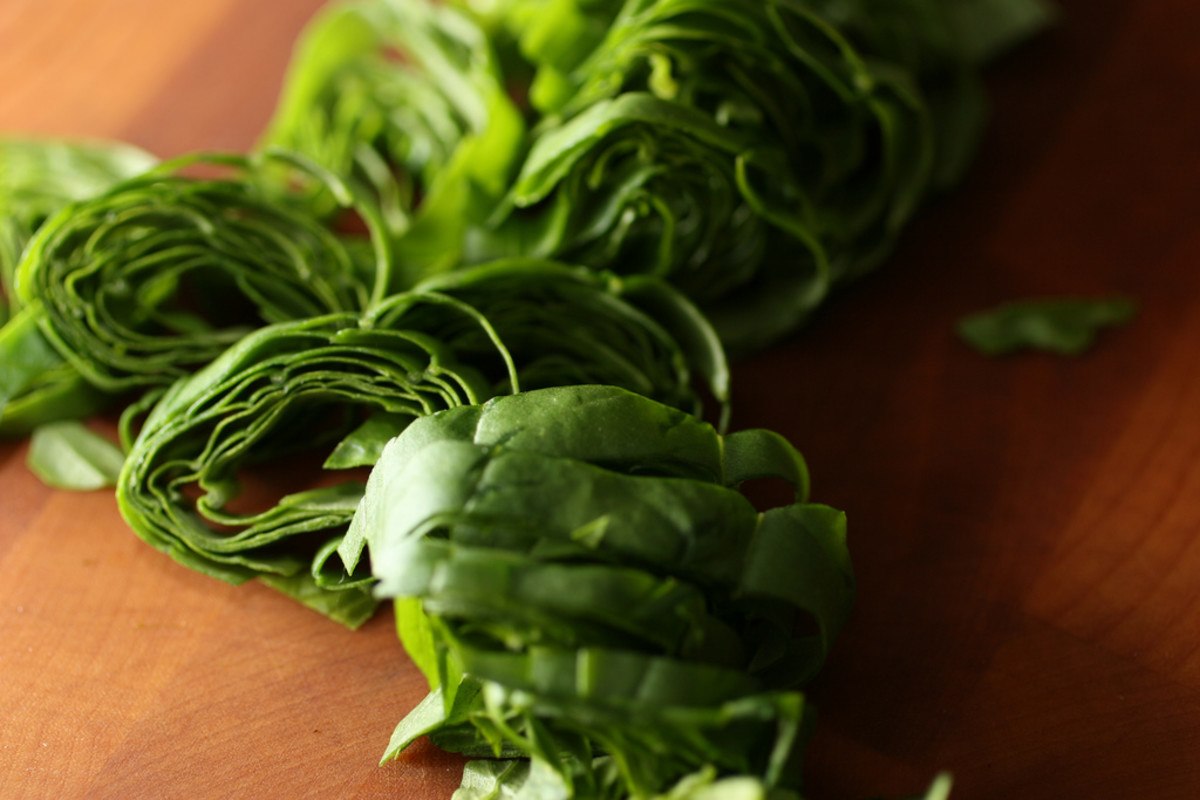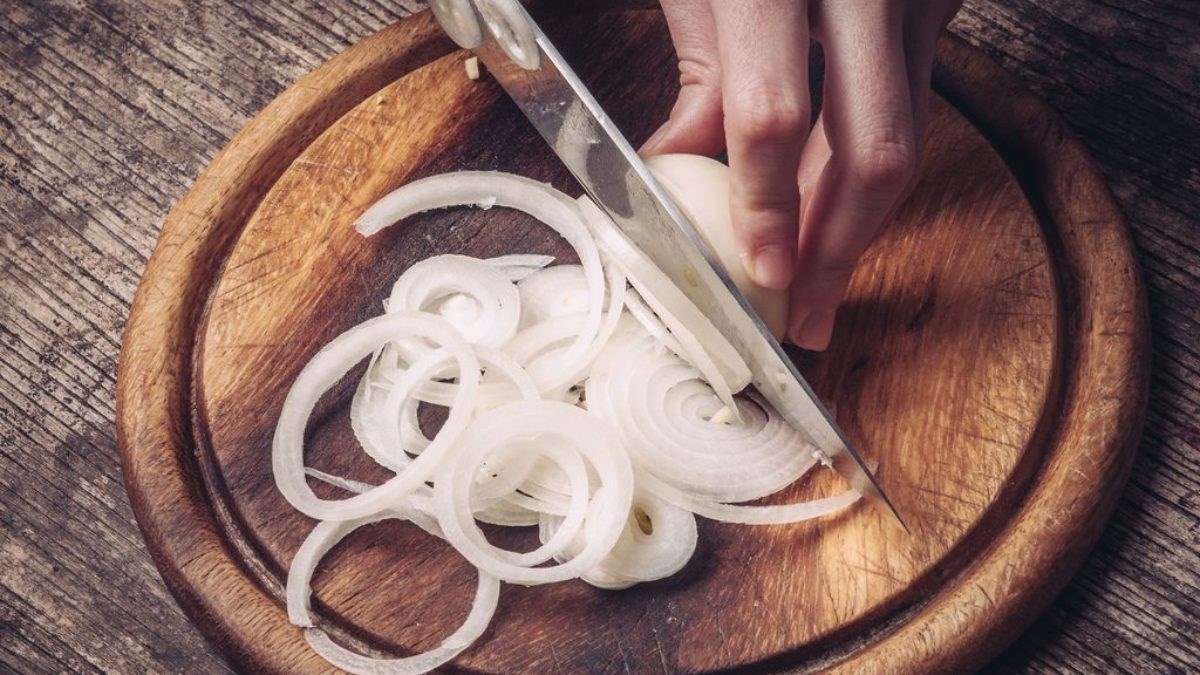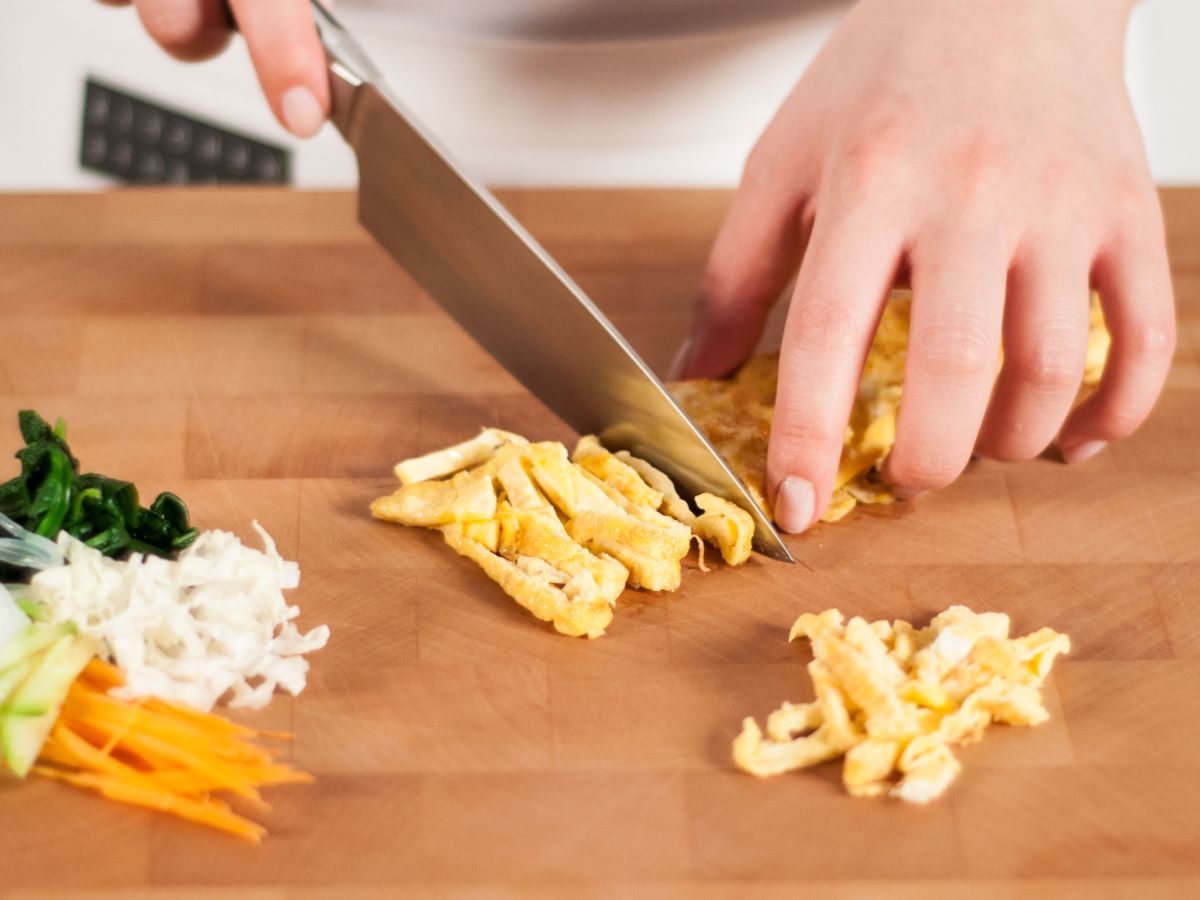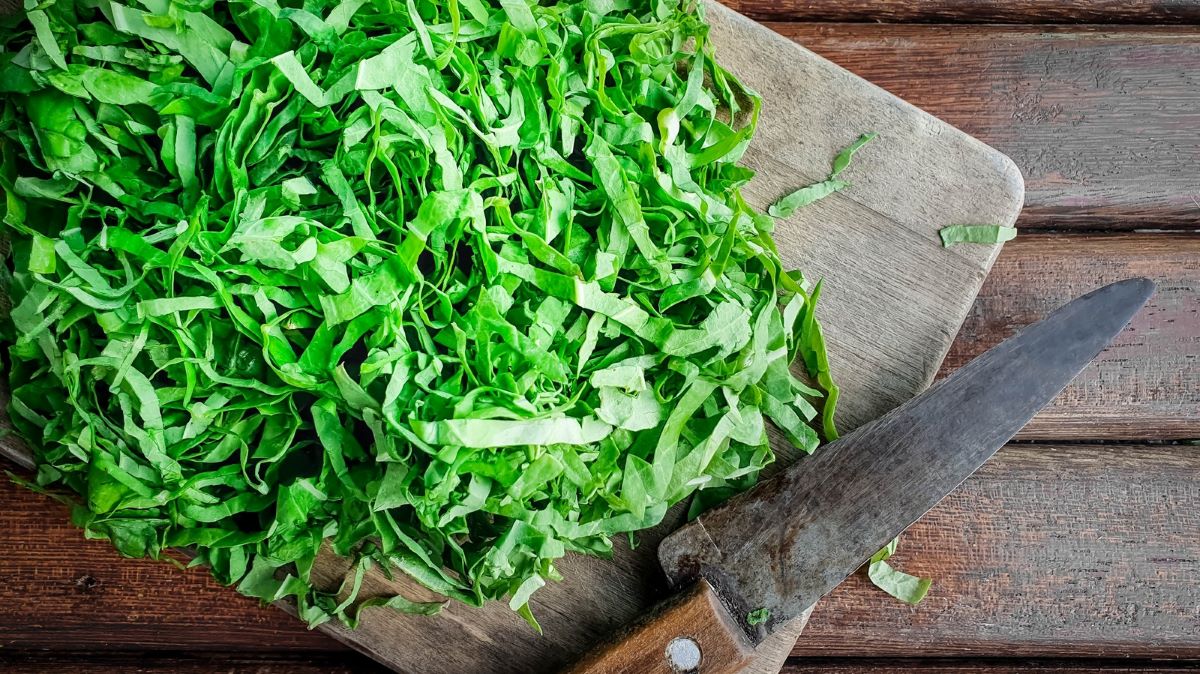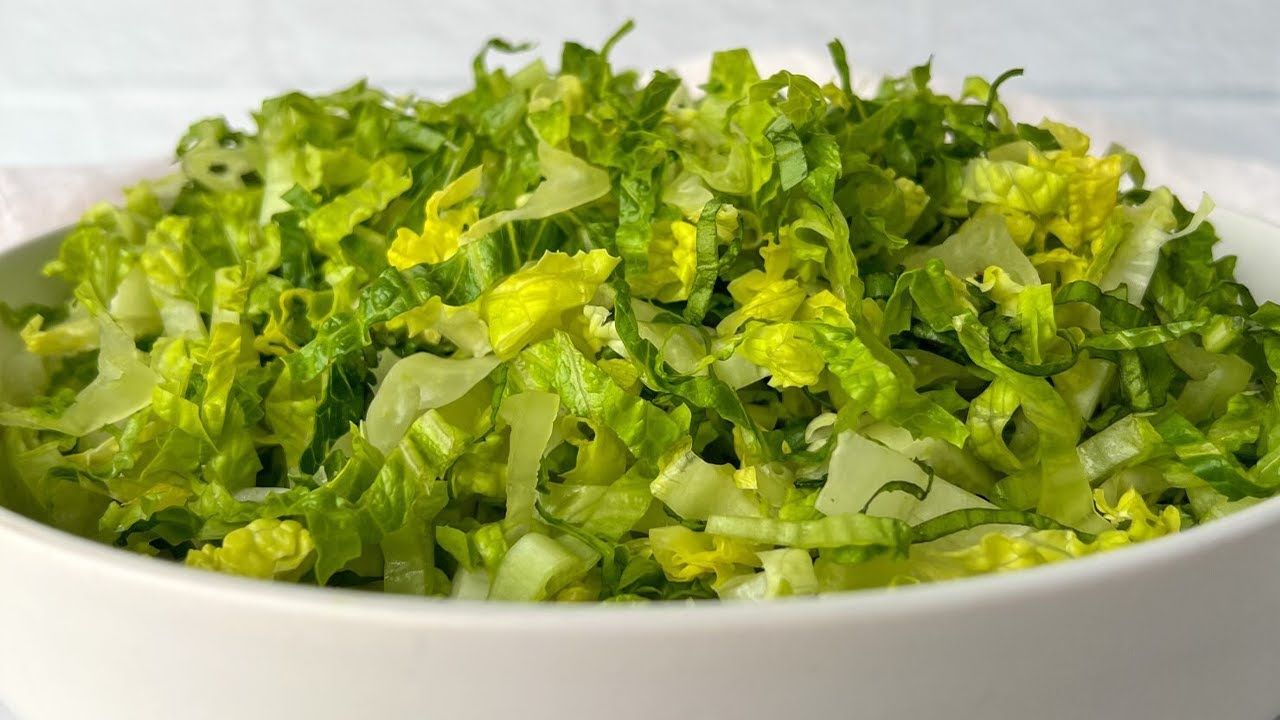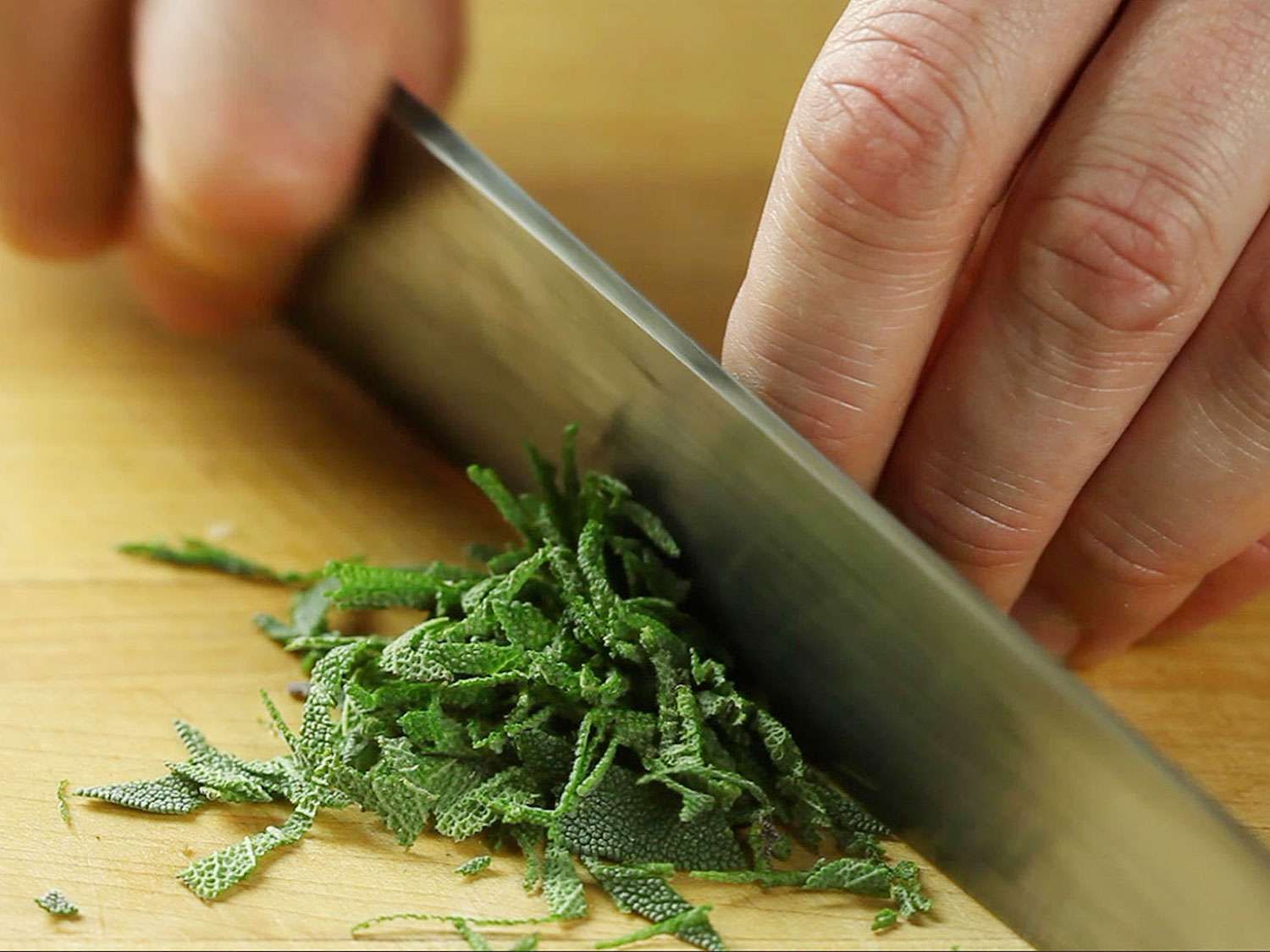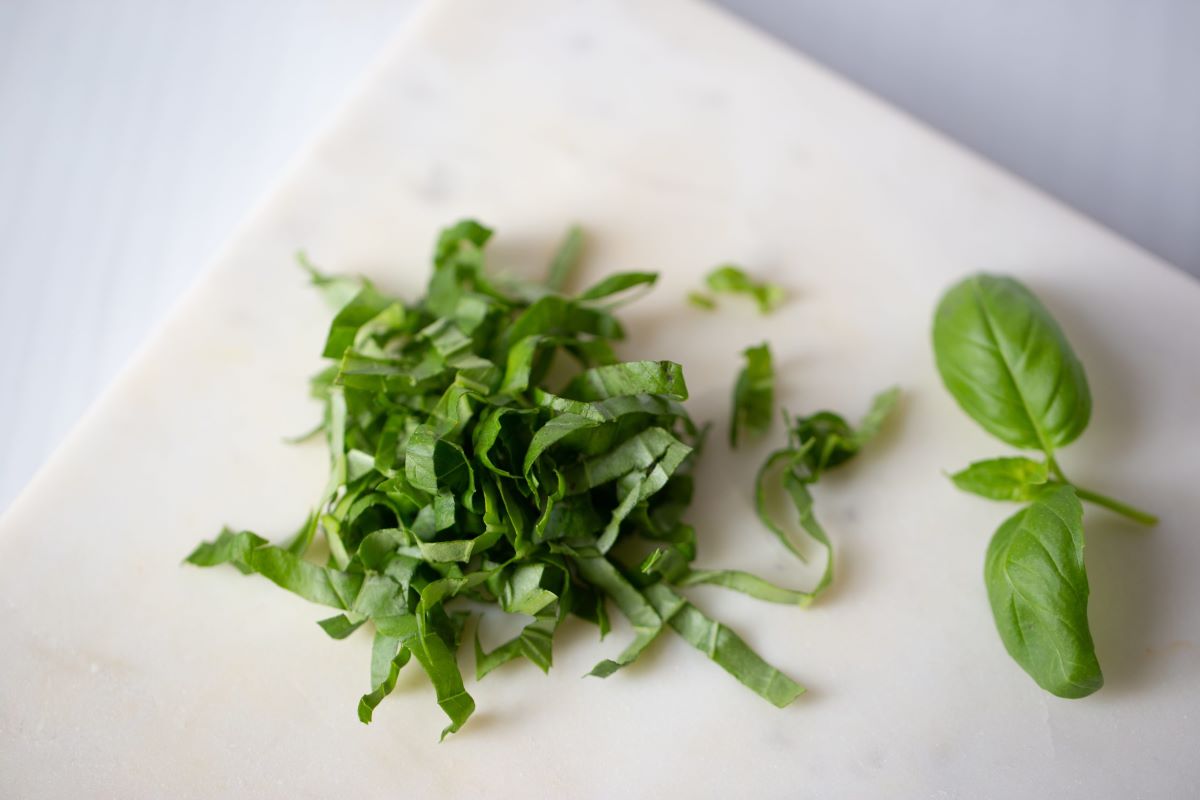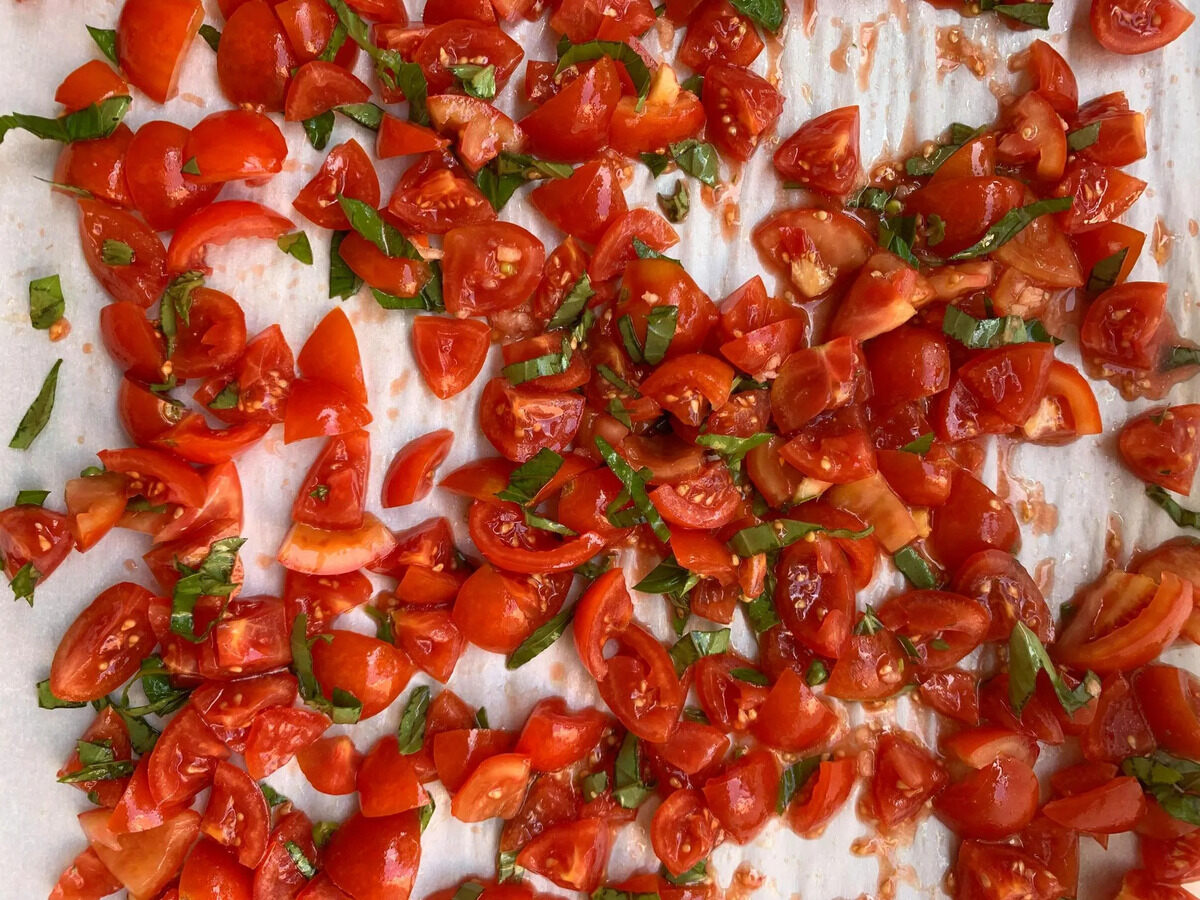Perfecting the Art of Seasoning Rice for Kimbap
When it comes to making delicious Kimbap, the key to success lies in the seasoning of the rice. Kimbap, a popular Korean dish, is essentially a seaweed rice roll filled with a variety of ingredients such as vegetables, eggs, and meat. The flavor and texture of the rice play a crucial role in determining the overall taste of the Kimbap. Here’s a guide on how to season rice for Kimbap to achieve that authentic and delightful flavor.
Ingredients You Will Need:
- Sushi rice
- Rice vinegar
- Sugar
- Salt
Steps to Season the Rice:
- Cook the Rice: Start by rinsing the sushi rice in cold water until the water runs clear. Then, cook the rice according to the package instructions. Once the rice is cooked, transfer it to a large bowl and let it cool slightly.
- Prepare the Seasoning Mixture: In a small saucepan, combine rice vinegar, sugar, and salt. Heat the mixture over low heat, stirring until the sugar and salt dissolve completely. Let the mixture cool to room temperature.
- Season the Rice: Drizzle the seasoned vinegar mixture over the cooked rice. Gently fold the rice using a rice paddle or spatula to evenly distribute the seasoning. Be careful not to smash the grains of rice while mixing.
It’s important to note that the rice should be seasoned while it is still warm. This allows the grains to absorb the flavors of the vinegar, sugar, and salt, resulting in a well-balanced and savory taste.
Tips for Perfectly Seasoned Rice:
- Use the Right Rice: Sushi rice, also known as short-grain rice, is the best choice for making Kimbap. Its sticky texture helps the rice hold together inside the seaweed rolls.
- Balance the Flavors: The key to a great seasoning mixture is achieving the perfect balance of sweet, salty, and tangy flavors. Taste the rice as you season it, and adjust the seasoning to your preference.
- Cool the Rice Properly: Once the rice is seasoned, allow it to cool to room temperature before using it to make Kimbap. This helps the rice firm up slightly, making it easier to roll and slice.
By following these simple steps and tips, you can master the art of seasoning rice for Kimbap. The perfectly seasoned rice will elevate the taste of your homemade Kimbap, impressing your family and friends with its authentic Korean flavors. So, roll up your sleeves and get ready to create delicious Kimbap with expertly seasoned rice!
Was this page helpful?
Read Next: How To Season Plain Bread Crumbs



